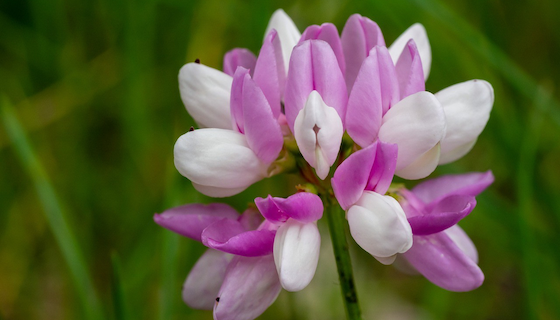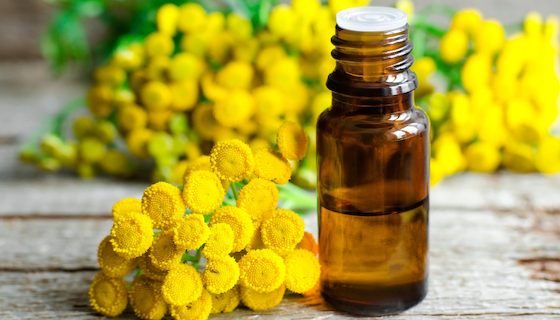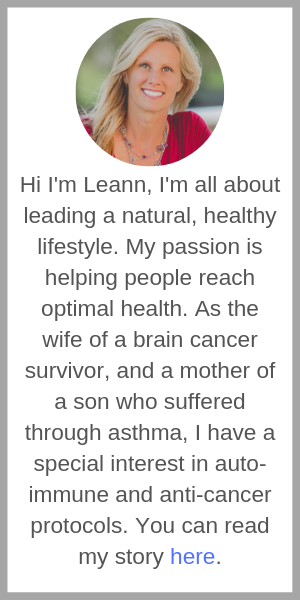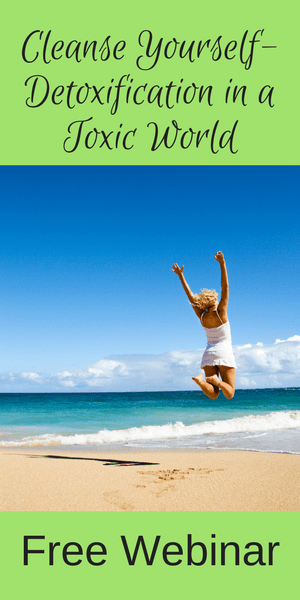Eat organic without breaking the bank
By now you’ve likely heard that eating organically grown fruits and vegetables are better for your health. And it’s true: Organic produce has higher nutritional value and antioxidant content than its conventional counterpart. That’s because organic produce is grown in accordance with strict standards, does not contain toxic pesticides or genetically modified seeds, and has not been subject to harmful irradiation.
Studies show that pesticides used in conventional produce have been linked to increased risk of cancer, nervous system disorders, and hormone disruption.
But for many, the downside to organics is cost. Organic food typically costs more than conventional alternatives, so how do you reap the potent health benefits when you’re watching your budget? Fortunately, all it takes is some savvy shopping skills to save on your food bill—while still making the healthiest choices for you and your family.
- Buy bulk. Whenever possible, buy larger quantities. Warehouse stores such as Costco carry boxes of organic bananas and apples for much less than what’s offered at the grocery store. And if your regular grocery store has a bulk section, shop for oats, rice, legumes, and nuts (they’re almost always less expensive than packaged foods).
- Sign up for a CSA. In a CSA (which stands for Community Supported Agriculture) model, farms offer shares to the general public. The money you give your local farm helps it start marketing earlier in the year. In return, you get a share of the crops every week at a fraction of the price you’d pay at an organic market. You get fresh, seasonal, organic produce and the farm gets support from the local community. Win-win!
- Buy local. Local produce costs less because it does not have to travel. Local farmer’s markets host vendors who carry everything from organic fruit and vegetables to meat, eggs, and even flowers! If you walk down the street to the grocery store you will often see the same products at a higher price (probably from the same farmer, too!).
- Grow your own. Some produce grows easily in a small garden plot or even on your porch. For example: organic herbs such as basil, dill, or thyme cost $2-3 per small bunch in the grocery store, but you can grow a small plant that feeds you several times over in a medium-sized pot on your balcony. Ditto salad greens!
- Be selective. If you can’t afford to go 100% organic, rely on the Environmental Working Group’s “dirty dozen” —foods that contain the highest levels of pesticides—as your go-to reference for must-buy organics. Apples, celery, strawberries, peaches, and spinach top the list. Did you know that when grown conventionally, the ‘dirty dozen’ test for between 47 and 67 different chemicals! YUK.
I started with the foods that my family eats the most of, like strawberries and celery which we eat easily fives times a week. Then I added in a few more each week and if you do this while cutting out the artificial processed food, you won’t break the bank!
 |
“Bi-Rite-Mkt—Distro-Blweb” © 2012 USDAgov, used under a Creative Commons Attribution-NoDerivs license
Related Links
Environmental Working Group’s 2012 Dirty Dozen list: http://www.ewg.org/foodnews/summary/
Locate a farmer’s market near you: http://www.localharvest.org/
______________________
Disclosure: this post contains affiliate links.
 Login
Login








